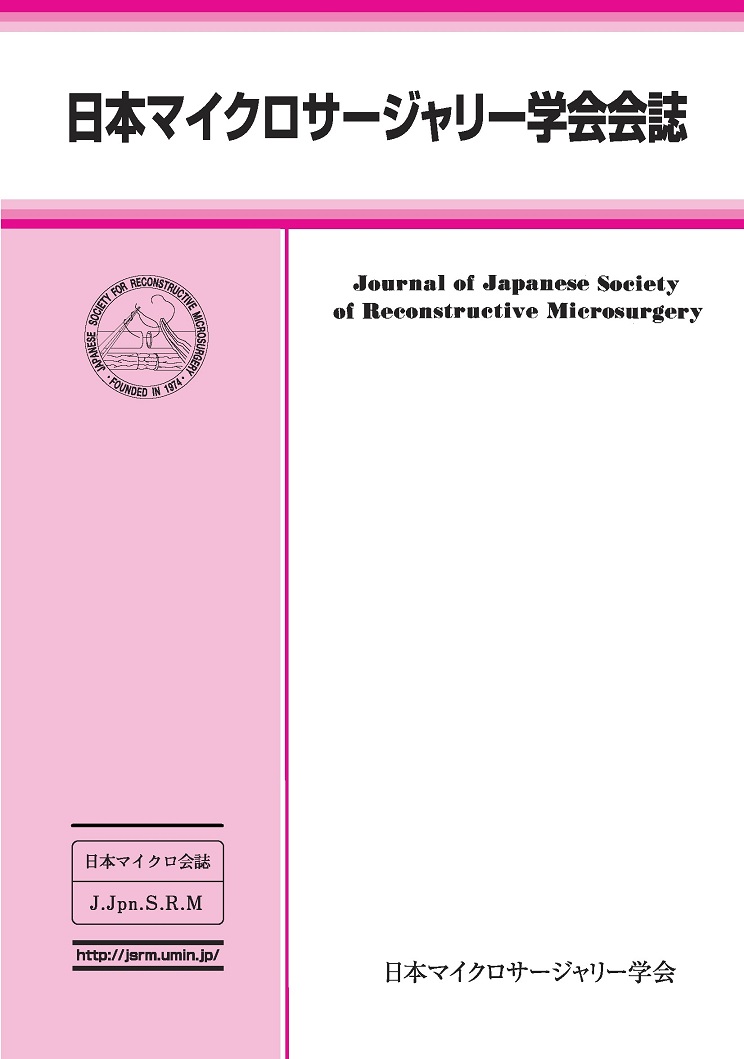最新号
選択された号の論文の7件中1~7を表示しています
- |<
- <
- 1
- >
- >|
原著
-
2024 年 37 巻 1 号 p. 1-10
発行日: 2024年
公開日: 2024/03/25
PDF形式でダウンロード (4976K) -
2024 年 37 巻 1 号 p. 11-18
発行日: 2024年
公開日: 2024/03/25
PDF形式でダウンロード (2137K)
その他
-
2024 年 37 巻 1 号 p. 19-23
発行日: 2024年
公開日: 2024/03/25
PDF形式でダウンロード (1171K)
報告記
-
2024 年 37 巻 1 号 p. 24-26
発行日: 2024年
公開日: 2024/03/25
PDF形式でダウンロード (1253K) -
2024 年 37 巻 1 号 p. 27-31
発行日: 2024年
公開日: 2024/03/25
PDF形式でダウンロード (1900K) -
2024 年 37 巻 1 号 p. 32-33
発行日: 2024年
公開日: 2024/03/25
PDF形式でダウンロード (843K) -
2024 年 37 巻 1 号 p. 34-37
発行日: 2024年
公開日: 2024/03/25
PDF形式でダウンロード (1669K)
- |<
- <
- 1
- >
- >|
